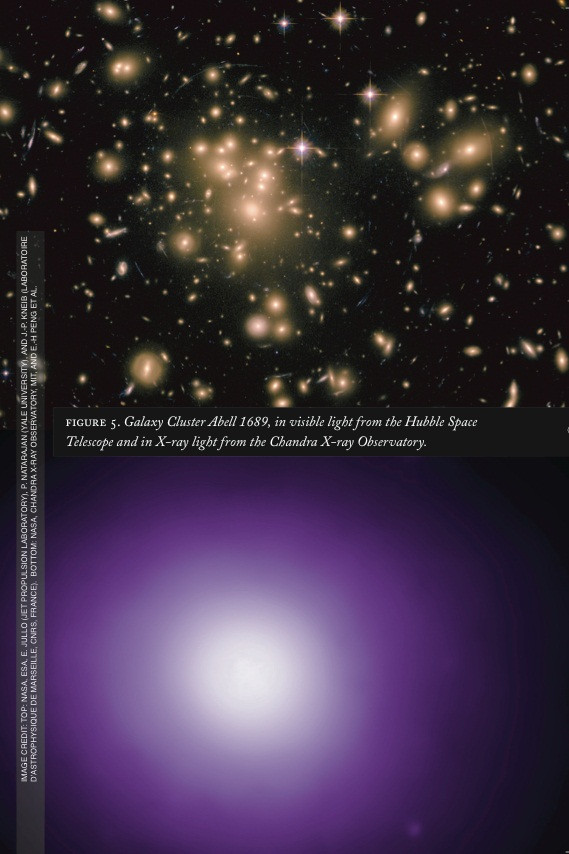Have you ever been thrilled to review your astrophotography images, only to find them plagued with unwanted “smokey stuff”? This frustrating phenomenon, often described as noise or artifacts, can significantly detract from the beauty of your celestial captures. Understanding why this occurs is the first step to achieving clearer, more stunning images of the night sky.
Understanding the “Smokey Stuff” in Your Images
The “smokey stuff” you’re seeing is essentially noise. In astrophotography, noise manifests as unwanted graininess, discoloration, or hazy patches that obscure the fine details of your target object. It’s not actual smoke, of course, but rather a visual representation of random variations in signal that are captured by your camera sensor. This noise can originate from various sources, both within your camera and from the environment.
Common Culprits Behind Smokey Astrophotography
Several factors contribute to the presence of noise in your astrophotography. Let’s explore some of the most common culprits:
Light Pollution: The Unseen Fog
Just like city lights obscure the stars from our naked eyes, light pollution is a major source of “smokey stuff” in astrophotography. Ambient light from cities, towns, or even the moon scatters in the atmosphere and gets recorded by your camera sensor as unwanted background light. This raises the overall brightness level of your image and reduces contrast, making faint details harder to see and increasing the visibility of noise.
Atmospheric Turbulence and Seeing Conditions
The Earth’s atmosphere is not perfectly still. Atmospheric turbulence causes the air to shimmer and distort the light coming from distant celestial objects. This effect, known as “seeing,” can lead to blurry images and also contribute to a hazy or “smokey” appearance, especially when magnified in long exposures. Poor seeing conditions introduce random fluctuations in the light signal, which translates into increased noise in your photos.
Camera Sensor Noise: The Internal Grain
Every camera sensor inherently generates some level of noise. This sensor noise is composed of several types, including:
- Read Noise: Noise generated during the process of reading the data from the sensor.
- Thermal Noise: Noise caused by the heat of the sensor itself. This noise increases with longer exposures and higher sensor temperatures.
- Shot Noise: Statistical noise due to the random arrival of photons (light particles) on the sensor. This is a fundamental type of noise that is always present.
Shooting at high ISO settings amplifies the signal, but it also amplifies all types of noise, making the “smokey stuff” more prominent. Long exposures, while essential for capturing faint objects, also accumulate more thermal noise.
Image Processing Artifacts
Sometimes, the “smokey stuff” isn’t entirely from the initial capture but can be introduced or exacerbated during image processing. Aggressive noise reduction techniques, for example, can smooth out noise but may also blur fine details and create unnatural-looking artifacts that resemble “smokey” patches.
Strategies to Reduce Smokeyness and Enhance Clarity
Fortunately, there are effective strategies to minimize “smokey stuff” and improve the clarity of your astrophotography images:
Shoot from Dark Sky Locations
Escaping light pollution is paramount. Traveling to dark sky locations far from urban areas will drastically reduce the amount of unwanted background light in your images. Websites and apps can help you locate dark sky areas near you.
Choose Nights with Good Seeing
Monitoring seeing conditions is crucial. Clear nights aren’t always nights with good seeing. Look for nights with stable air, minimal twinkling of stars, and forecasts indicating good atmospheric stability.
Optimize Camera Settings
- ISO: Use the lowest ISO setting that allows you to capture sufficient signal without excessively long exposures. “ISO-less” cameras offer more flexibility at higher ISOs, but generally, lower ISOs are preferable for minimizing noise.
- Exposure Time: Experiment with exposure times to find a balance between capturing faint details and minimizing thermal noise. Shorter, stacked exposures can sometimes be more effective than very long single exposures.
- Sensor Temperature: If possible, use a cooled astronomy camera. Cooling the sensor significantly reduces thermal noise, especially for long exposures.
Calibration Frames: Your Noise-Reduction Allies
Calibration frames are essential for subtracting systematic noise from your images:
- Dark Frames: Taken with the lens cap on, dark frames capture thermal noise and hot pixels. Subtracting them from your light frames removes these noise components.
- Flat Frames: Taken with uniform illumination, flat frames correct for vignetting (darkening at the edges) and dust spots on your optical path.
- Bias Frames: Taken with the shortest possible exposure time and lens cap on, bias frames capture read noise.
Skillful Image Processing
- Stacking: Stacking multiple light frames averages out random noise while reinforcing the signal from your target object, dramatically improving signal-to-noise ratio.
- Noise Reduction: Apply noise reduction techniques judiciously during processing. Use masking to target noise reduction to background areas while preserving details in your subject. Explore different noise reduction algorithms to find what works best for your images.
By understanding the causes of “smokey stuff” and implementing these techniques, you can significantly reduce noise and reveal the breathtaking beauty hidden within your astrophotography images. The universe is filled with wonders, and with the right approach, you can capture them with stunning clarity.
 galaxy cluster abell 1689
galaxy cluster abell 1689
Image of the Abell 1689 galaxy cluster, illustrating the type of faint deep-sky object astrophotographers aim to capture. Challenges like atmospheric interference and sensor noise can introduce ‘smokey stuff’ in such images, requiring careful techniques to minimize noise and maximize clarity.